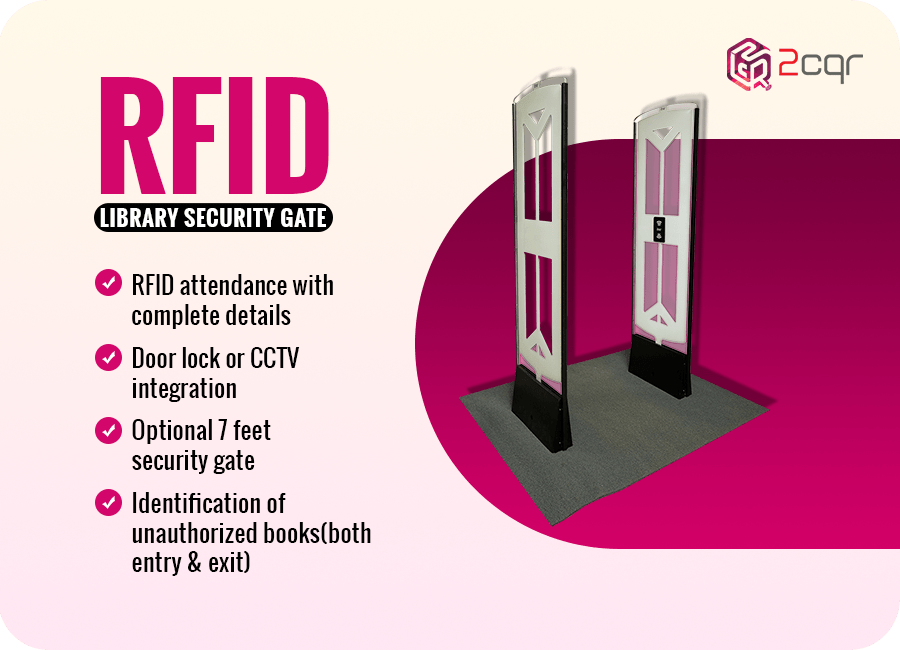
The adoption of Radio Frequency Identification (RFID) technology in libraries brings forth exciting possibilities for efficient library management.
With the ability to streamline processes and enhance user experiences, RFID technology eliminates the need for additional staff, allowing libraries to operate at a faster pace.
However, it is crucial to be aware of the challenges that accompany the transition from barcode technology to RFID. In this article, we will explore these challenges and provide insights to overcome them successfully.
Huge Infrastructure:
Integrating an RFID system requires careful analysis of the library’s infrastructure. Compared to traditional barcode scanners, RFID systems are considerably more complex and require advanced preparation.
It is crucial to thoroughly assess the requirements, challenges, and budget allocation necessary to design a system that aligns with the specific needs of library management.
Understanding the intricacies of the library space and ensuring that the entire infrastructure fits within its parameters is vital for a successful implementation.
Retagging:
A critical aspect of transitioning to RFID technology is the process of retagging library resources. Instead of relying on barcode technology, RFID tags provide the necessary information for efficient library management.
Retagging involves replacing QR codes on every resource with RFID tags, each allocated with a unique identifier (UID). This process is not only time-consuming but also requires meticulous planning, from selecting high-quality tags to executing proper tag placement, orientation, and density.
Training for Staff and Patrons:
Implementing RFID technology in libraries goes beyond the installation process. It is equally important to educate library staff and patrons on how to effectively utilise the technology.
By providing comprehensive training, librarians can efficiently manage various tasks, from circulation, cataloguing to supply chain management.
Additionally, educating patrons helps address any difficulties they may face when interacting with the RFID system, enabling them to navigate the library resources with ease.
Integration and Database Updates:
Integrating the existing library management system with RFID technology poses a significant challenge. Not all systems may be compatible with RFID, and failing to address this compatibility issue can lead to improper functioning of the technology.
It is crucial to thoroughly assess compatibility and arrange any necessary additional devices from the outset. Adhering to privacy standards is also essential during the integration process to ensure the security of sensitive library data.
Maintenance Considerations:
Unlike barcode technology, RFID systems require more frequent maintenance. Failure to address small wear and tear on the RFID tags attached to library resources can result in performance issues and reading errors.
Regular monitoring and timely maintenance are crucial to ensure the system’s smooth operation and minimise the need for tag replacements. Although it may feel challenging initially, implementing a proactive maintenance plan is essential for long-term success.
Conclusion:
Adopting RFID technology in libraries presents numerous advantages for efficient library management. However, it is vital to be aware of the challenges that arise during the transition from barcode technology to RFID.
By understanding and addressing these challenges, libraries can successfully implement RFID systems and harness the benefits they offer. Through careful planning, comprehensive training, compatibility assessment, and proactive maintenance, libraries can maximise the potential of RFID technology and provide an enhanced experience for both staff and patrons.


